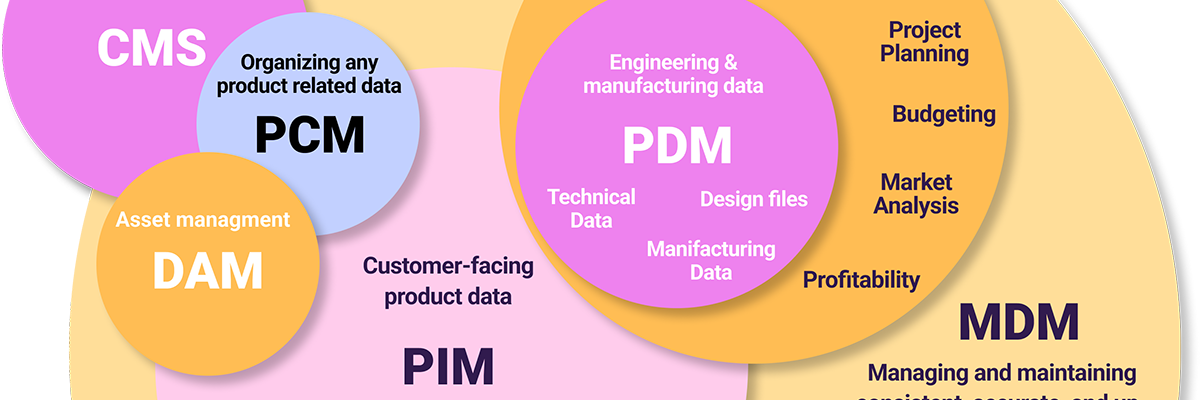What Is Sales Order Management?
Sales Order Management is the systematic process of managing customer orders from initiation to fulfillment, encompassing various activities such as order creation, tracking, invoicing, and shipping.
This process is a critical component of an organization's overall sales operations, as it ensures that customer orders are accurately and efficiently processed, ultimately contributing to customer satisfaction and driving business growth.
Key elements of Sales Order Management include:
- Order Entry. The process begins with order entry, during which customer orders are received and recorded in the organization's sales order management system. This may involve manual data entry, electronic data interchange (EDI), or automated integration with eCommerce platforms or other sales channels.
- Order Validation. Order validation involves verifying the accuracy and completeness of the order details, such as customer information, product specifications, quantities, pricing, and payment terms. This step helps prevent errors and potential issues that may arise during order fulfillment.
- Credit Check. Depending on the payment terms and customer credit history, a credit check may be performed to assess the customer's creditworthiness and determine if any credit limits or payment terms need to be adjusted.
- Inventory Allocation. Once the order is validated, the required products are allocated from the available inventory to fulfill the customer's order. In cases where inventory is insufficient, businesses may need to initiate procurement or production processes to meet the demand.
- Order Confirmation. After inventory allocation, the customer is provided with an order confirmation, which typically includes details such as order number, delivery date, and shipping method. This serves as a formal acknowledgment of the order and allows customers to track their order status.
- Shipping and Logistics. The organization's shipping and logistics team is responsible for preparing the products for shipment, selecting the appropriate carrier, and arranging for pick-up and delivery. This process may involve coordination with third-party logistics providers (3PLs) or the use of in-house resources.
- Invoicing and Payment. Once the products have been shipped, the customer is invoiced according to the agreed-upon payment terms. The invoicing process may involve generating and sending electronic or paper invoices, as well as managing any applicable taxes, discounts, or additional charges.
- Order Tracking and Updates. Throughout the order fulfillment process, businesses must provide customers with timely updates and information regarding their order status. This may involve sending email notifications, providing online order tracking tools, or offering customer support via phone or chat.
- Order Completion and Analysis. Upon successful delivery of the products, the order is marked as complete, and any relevant data is recorded for future analysis. This may include monitoring key performance indicators (KPIs), such as order cycle time, order accuracy, and customer satisfaction, to identify areas for improvement and drive operational efficiency.
📑Managing Product Data and Tools You May Need Infographic.
What is PIM, and how different is it from other similar tools? We’ve tried to clear up the acronym confusion in eCommerce with the following infographic that provides you with a visual comparison of all relevant terms. Individual posts dig deeper into each term and the concept behind it.
📝READ WHAT IS PIM AND DOWNLOAD THE INFOGRAPHIC FOR FREE FROM HERE

Sales Order Management is vital to an organization's sales operations, ensuring that customer orders are accurately processed and fulfilled promptly.